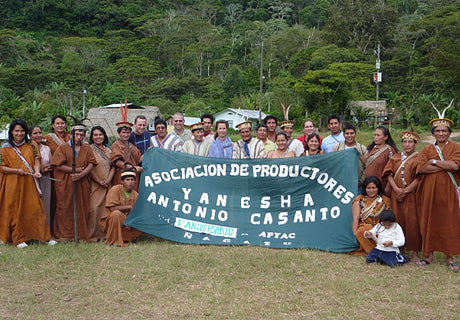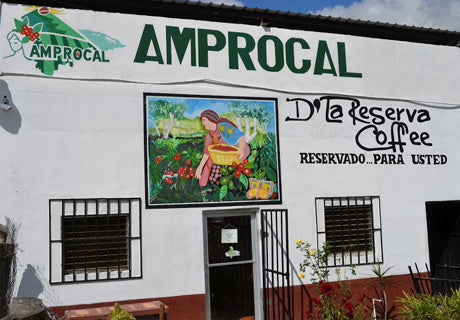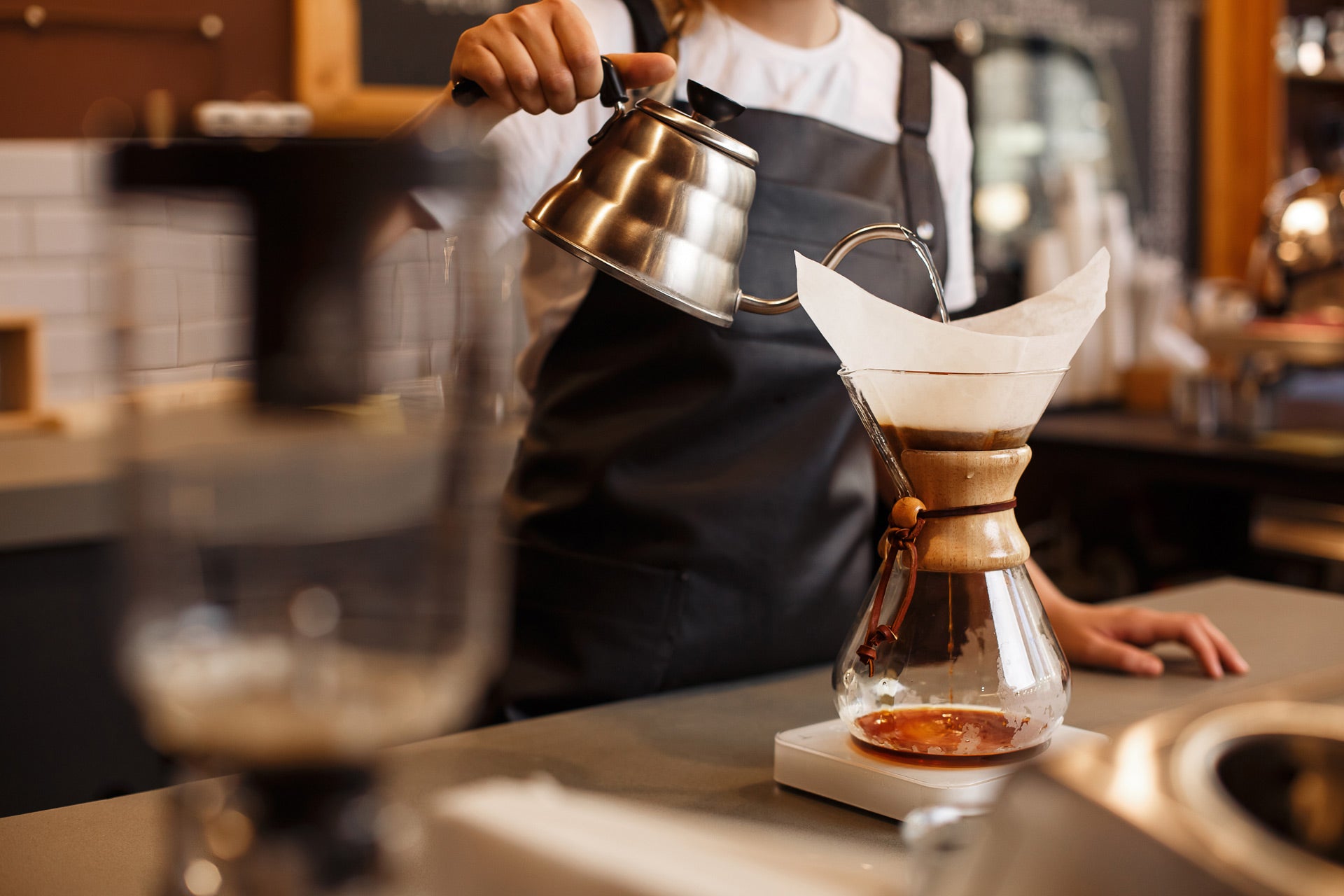Article: Peru 2011 Trip Report

Peru 2011 Trip Report
The first few days of a trip to origin are all travel, and Peru is no exception
Villa Rica
On the first day in Villa Rica we visited the Yanesha, a group we first met two years ago. With the support of a local non-governmental organization (NGO) the Yanesha’s coffee quality has come a long way in just a few short years. So much so, that this year their coffee cupped at 84. Only two years ago it cupped at 80. They are one to watch.
CAC Palomar
Just outside Villa Rica is CAC Palomar. Since our very first visit to CAC Palomar in 2010 the quality of their coffee has improved thanks to a few production refinements at the co-op and farm level.
First, the farmers for CAC Palomar now process their coffee cherries at the co-op as opposed to on their own farms. Second, the co-op hired highly trained staff to process the farmers’ harvests. These may seem like subtle changes, only both of these production refinements have had a noticeable impact on CAC Palomar’s coffee quality.
La Chacra D’Dago
Just down the road from CAC Palomar is La Chacra D’Dago, the home of our upcoming seasonal coffee from Peru.
We discovered La Chacra D’Dago by chance last July (2010) while on a Fair to Farmer sourcing trip to the Villa Rica district. Owned and operated by Dagoberto Marin, La Chacra D’Dago is a certified organic coffee farm. Its coffee is also grown and harvested in accordance with Rudolph Steiner’s teachings on biodynamic agriculture. Biodynamics calls for new thinking in every aspect of the food system. From how land is owned, to how farms are capitalized, to how food is produced, distributed and prepared.
Home bound
The lives of our partner farmers and their families depend on coffee. They break their backs daily to produce the highest quality coffee beans for us, and for that we at Salt Spring Coffee are grateful and humble.
I’m already looking forward to our next trip to Peru,
The post Peru 2011 Trip Report appeared first on Salt Spring Coffee.

